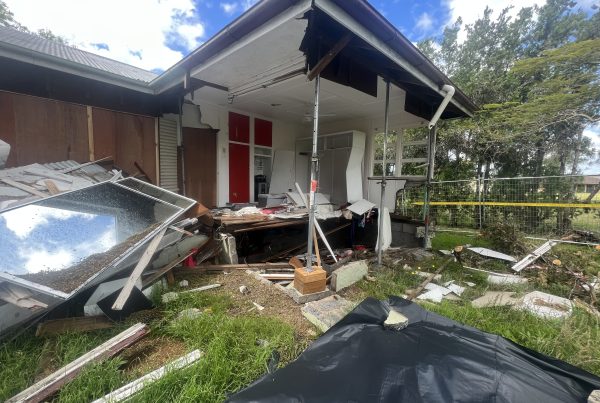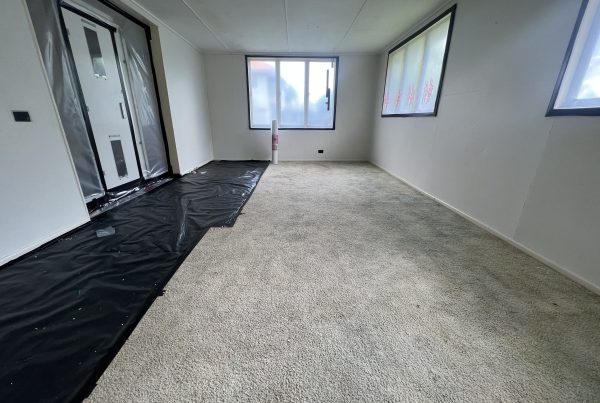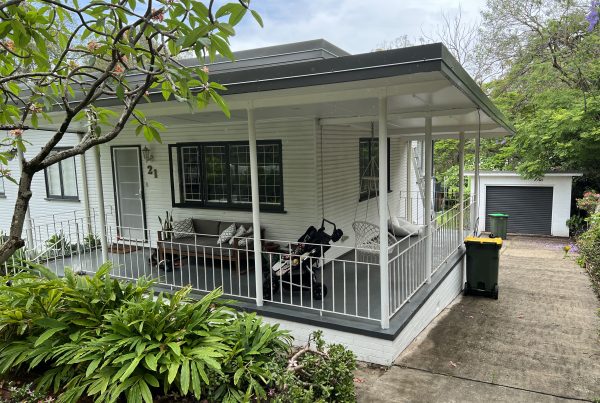Thanks to its fire-resistance, flexibility and affordability, asbestos was widely used throughout the 1900s in construction materials like fencing, roofing, sheeting and insulation – to name just a few. But as asbestos mining and use grew in Australia, unfortunately so too did the number of people falling sick with lung-related diseases.
Though it wasn’t news that asbestos had the potential to cause health issues, doctors as far back as 1897 had linked pulmonary problems with asbestos dust, it wasn’t until the 1970s that the dangers of asbestos become widespread public knowledge and it took until 2003 to completely ban asbestos in Australia.
So what is it about asbestos that makes it so dangerous?
The structure of asbestos
Ironically, it’s the very structure of asbestos that caused its meteoric rise to popularity… and its downfall back to earth.
Asbestos is naturally found in rock deposits and was mined all over the world from as early as the 1800s in Canada, South Africa, America, Italy and Russia as well as here in Australia throughout the 1900s.
It is made up of a fibrous crystalline structure, which helps give asbestos resistance to fire, water, electricity and chemicals, whilst remaining strong and flexible. These qualities made it an excellent building material and asbestos soon became the go-to choice for roofs, walls, ceilings, flooring, insulation and more.
Unfortunately it is precisely these thin, fibrous crystals that make up asbestos that also mean it is extremely hazardous to health. Asbestos, when damaged, broken or disturbed can break up into tiny, microscopic particles that easily become airborne and can make their way into our lungs or digestive system through inhalation or ingestion.
The first signs of the dangers of asbestos
Since the term ‘asbestosis’ was coined in 1927, reports of asbestos workers dying from the disease flooded newspapers across the globe. Insurance companies even began decreasing coverage and benefits, increasing premiums or refusing policies because of the known risks associated with asbestos.
Despite these well-known and well-documented risks, mining sites like Wittenoom in Western Australia (one of Australia’s most well-known asbestos mining sites) began operations in 1940, more than 40 years after the first signs of asbestos-related lung disease. Just 6 years later in 1946, the first case of asbestosis was reported at Wittenoom and 20 years later, after more than 100 reported cases of lung-related diseases amongst workers, the mine was finally shut down in 1966.
Asbestos-related diseases
Unfortunately, asbestos-related diseases can take a number of years to develop in those who have worked with or been exposed to asbestos and it wasn’t until the 1960s and 1970s that the full extent of the risks and diseases associated with asbestos became clear.
There are a number of asbestos-related diseases, including:
- Mesothelioma
- Lung cancer
- Laryngeal cancer
- Stomach cancer
- Asbestosis
- Pleural diseases
There are many well documented cases of asbestos-related diseases in the media, one of the most well-known cases is Bernie Banton who suffered with and eventually died from mesothelioma and campaigned tirelessly for compensation for sufferers of asbestos-related diseases.
Avoiding asbestos exposure
You don’t need to have mined asbestos or been exposed to asbestos for years to be at risk from asbestos-related health issues.
Today, one of the major causes of accidental inhalation or ingestion of asbestos is when fibres are disturbed, either through wear and tear or via construction activities such as drilling or sanding. It is extremely important if you suspect you may have asbestos in your property that you do not disturb the asbestos and risk asbestos particles becoming airborne.
Some forms of asbestos do pose a much greater risk than others, as the level of asbestos fibre released into the air is dependent on what binding material binds the asbestos together, the type of asbestos and the general state of the asbestos.
All asbestos must be considered a danger to your health and the health of those around you including family, friends, neighbours and contractors working on your property.
If you think your home may contain asbestos, call in professional asbestos experts like Asbestos Eliminator, who are licensed and legally permitted to safely remove and dispose of asbestos in Australia. Contact us for a free quote.



